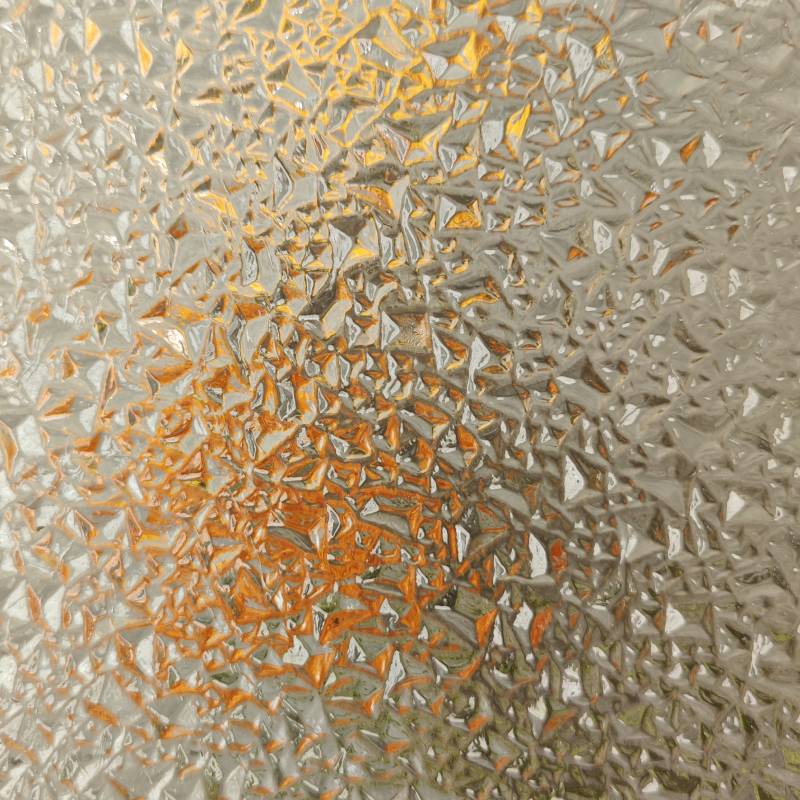

Reflective Glass Sheets Transforming Spaces with Light and Vision
In the realm of modern architecture and interior design, reflective glass sheets have emerged as a revolutionary material, transforming the way we experience light and space. Offering a blend of aesthetic appeal and practical functionality, reflective glass sheets are not just a trend but a sustainable choice that enhances both the beauty and efficiency of buildings.
Reflective glass, also known as mirror glass or coated glass, possesses a metallic coating that reflects light while allowing some visibility. One of the key advantages of using reflective glass sheets is their ability to control natural light. By reflecting unwanted sunlight, they prevent excessive heat from entering a space, thereby contributing to a more stable indoor temperature. This property is crucial in regions with extreme weather conditions, where maintaining a comfortable indoor climate is essential for energy efficiency. By minimizing the reliance on artificial cooling systems, reflective glass sheets contribute to a building's overall sustainability.
Moreover, the aesthetic versatility of reflective glass sheets allows architects and designers to create stunning visual effects. The glass can be used in various applications, including windows, facades, and interior partitions. When incorporated into building designs, reflective glass can create a seamless connection between the interior and exterior environments, blurring the lines and making spaces feel larger and more open. The play of light and reflection can also create dynamic visual experiences, changing with the time of day and weather conditions, adding a layer of depth and engagement to the design.

Another significant advantage of reflective glass sheets is their ability to enhance privacy without sacrificing natural light. The reflective surface acts as a one-way mirror during daylight, allowing occupants to enjoy the view outside while preventing outsiders from seeing in. This feature is particularly beneficial for residential buildings, offices, and public spaces where privacy is paramount. It provides a sense of security while still embracing the beauty of natural light.
The use of reflective glass sheets is not limited to exterior applications; they are increasingly popular in interior design as well. Designers often use them to create focal points, feature walls, and mirror-like surfaces that can enhance the ambiance of a room. The reflective quality of the glass can make small spaces appear larger, creating an illusion of depth and spaciousness that is often sought after in urban living environments. Furthermore, reflective glass can be easily integrated with various design styles, from minimalist to contemporary, adding a touch of elegance and sophistication.
As the demand for energy-efficient and aesthetically pleasing materials grows, the market for reflective glass sheets continues to expand. Manufacturers are developing advanced coatings that improve performance, such as low-emissivity (low-E) coatings that further enhance energy efficiency by reflecting heat back inside during winter months while keeping interiors cool in summer.
In conclusion, reflective glass sheets represent a perfect fusion of beauty, functionality, and sustainability. Their ability to manipulate light, enhance privacy, and create stunning visual effects makes them an ideal choice for modern architecture and interior design. As we continue to explore innovative materials that harmonize with our environment, reflective glass sheets will undoubtedly play a significant role in shaping the spaces we inhabit, reflecting not just our surroundings but also our aspirations for a brighter, more sustainable future. Whether used in iconic skyscrapers or cozy homes, these sheets of glass will continue to change the way we perceive and interact with our environment, one reflective surface at a time.